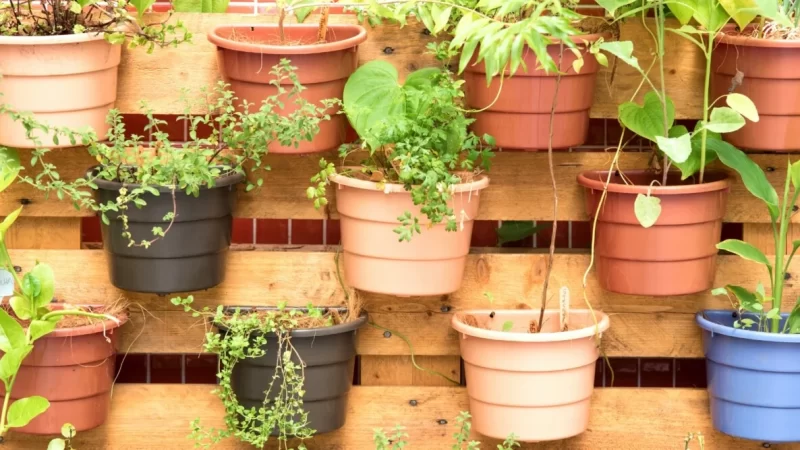How to Grow Garden Grass

All-season garden grasses provide both visual interest and effective erosion control throughout the year.
Plant grass seeds during springtime or fall season. Bluegrass, ryegrass and fine fescues which are cool-season varieties flourish in Canadian weather conditions.
Choose a grass seed mix that matches your local light and soil conditions and add compost or organic matter as needed while checking the pH level (details available on this page).
Leaf
Grass leaves are rich in carbon content which enables them to break down rapidly into leaf compost known as leaf mold that enhances soil fertility through added organic matter. For optimal composting results pile your leaves (preferably shredded) maintain moisture turn them monthly and apply nitrogen fertilizer.
The upper epidermis of grass leaves includes a network of cells called mesophyll. Water-conducting xylem and food-conducting phloem exist inside circular bundle sheaths that reside within this structure which also contains two concentric rings of thin-walled parenchyma cells saturated with suberin—a protective fatty substance that prevents water loss in plants. Each grass leaf has kidney or dumbbell-shaped stomatal apparatuses that guard cells protect by opening and closing stomata to control gas exchange between leaves.
Root
Grass roots function as both soil anchors and providers of essential water and nutrients just like roots of other plants. Grass achieves reproduction through aboveground stems called stolons and underground runners known as rhizomes before shoot development starts which branch away from parent grass to produce new clumps that grow into full lawns.
The grass begins to develop joints while its internodes extend to become true stems known as culms at this stage. Grass plants lose essential energy during this phase if you mow them too closely because the process gets disrupted.
Choose grasses that thrive in your climate. Grass species that receive plenty of sunlight develop correctly but if your yard has limited sun exposure you should select grass varieties that tolerate shade well. Choose durable grass types that remain resilient against routine mowing and other yard maintenance tasks in areas with heavy foot traffic and outdoor pets.
Flower
Flowering grass plants help spread seeds for reproduction but they can survive and regrow next season without producing flowers. Experts in lawn maintenance advise against grass developing flowers or going to seed because it diverts energy from root strengthening to seed production. The grass becomes unhealthy because it directs all its energy toward seed production rather than generating energy-sustaining nutrients for root strengthening and replenishment.
Ornamental grasses add both color and texture to any landscape setting by operating as individual features or as backgrounds for other flowers. The fine textures and low mounding habit make Isolepis cernua fiber optic grass an attractive accent piece which grows easily alongside most plants.
Gardeners who have areas with partial to full shade should include Blue Oatgrass (Helictotrichon sempervirens) because its tidy mounded form and steely blue foliage that transforms to golden wheat color in autumn demonstrate its shade tolerance.
Fruit
Grass fruits may appear less colorful and edible compared to other plants however they contribute visual interest to landscapes. The process of fruiting transforms sunlight into carbohydrates which support plant growth and development.
Grasses invest their energy to make seeds or rhizomes while many flowering plants grow from bee-pollinated seeds but grasses propagate without sexual reproduction through side shoots and underground stems called stolons or rhizomes which spread across the ground or beneath to create new grass clusters.
The seed heads of perennial ryegrass (Poaceae) start green but change to tan during late summer and autumn which creates visual interest in landscapes. This delicate grass establishes well in slopes or as drifts where it survives in poor soil and drought conditions and gives winter sustenance to birds while sheltering beneficial insects and nematodes.







